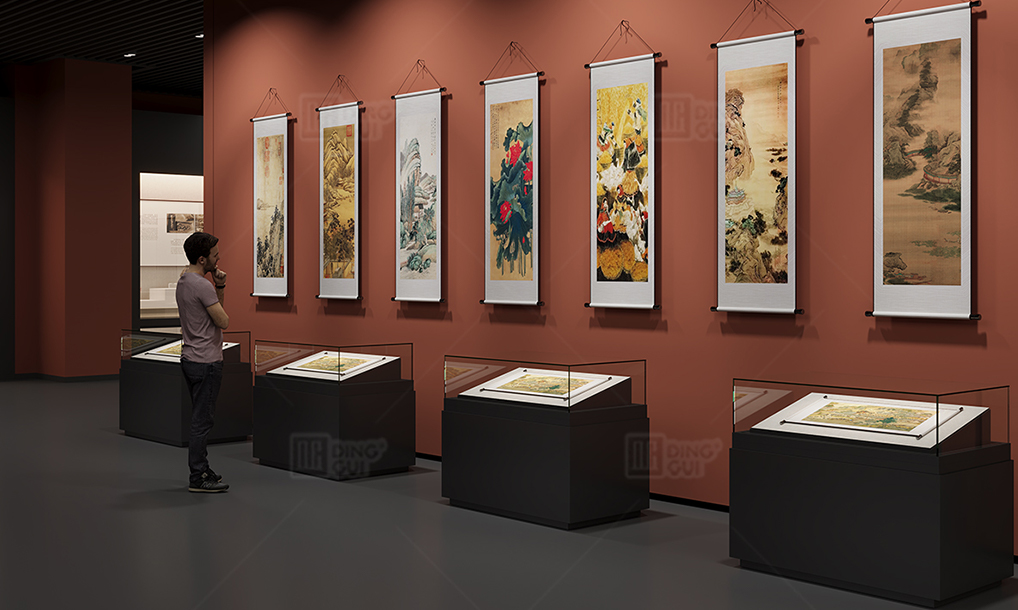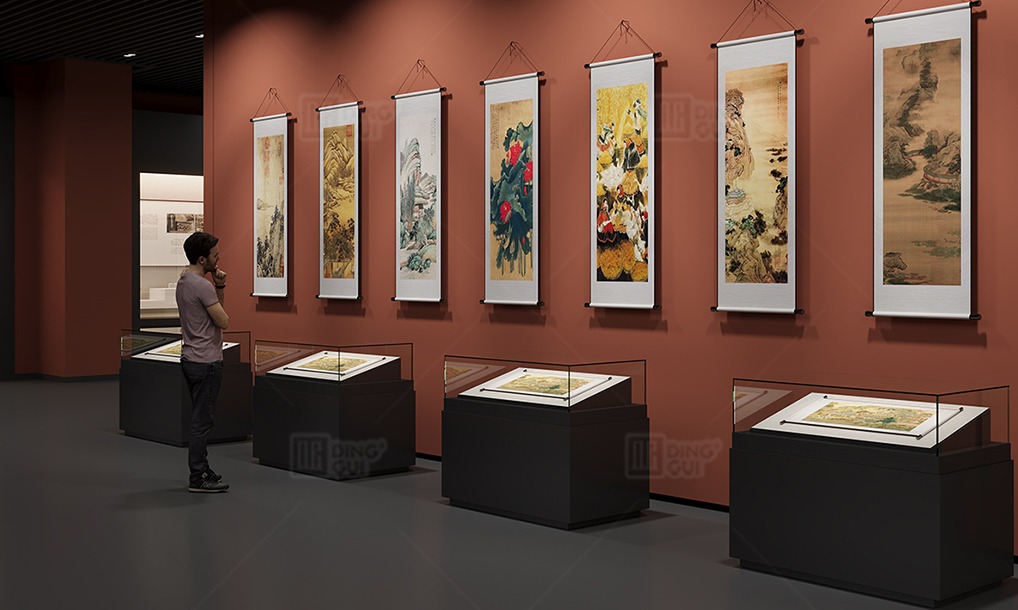Museum display drawers are an essential component of modern exhibition design, providing a practical and efficient way to showcase and protect valuable artifacts. These drawers are particularly useful for housing small, delicate, or numerous items that require careful organization and accessibility. By combining functionality with aesthetic appeal, museum display drawers ensure that collections are both preserved and presented effectively.
Maximizing Space and Accessibility
One of the primary advantages of museum display drawers is their ability to maximize space in exhibition areas. Traditional displays often require significant floor or wall space, but drawers utilize vertical storage efficiently, allowing museums to showcase extensive collections within a smaller footprint. These drawers can be installed in cabinets or standalone units, making them versatile for various exhibit layouts. Visitors can access artifacts easily by opening drawers, often with protective glass or acrylic covers ensuring the items remain secure.

Protecting Delicate Artifacts
Preservation is a top priority for museums, and display drawers are designed to safeguard fragile items. Many feature padded interiors, adjustable compartments, and climate-controlled enclosures to maintain optimal conditions for the stored artifacts. These features protect items from dust, light exposure, and temperature fluctuations, ensuring their longevity. Additionally, the enclosed nature of display drawers minimizes handling, reducing the risk of damage to sensitive objects like textiles, manuscripts, or jewelry.
Enhancing Visitor Engagement
Museum display drawers offer a unique way to engage visitors by creating an interactive experience. Unlike traditional exhibits, which often display a limited selection of items, drawers can house a larger variety of artifacts, enabling museums to rotate displays regularly or present supplementary information. Visitors enjoy the tactile experience of opening drawers, revealing hidden treasures, and exploring collections at their own pace. This format also allows curators to include detailed labels, images, or digital screens within the drawers for added context and storytelling.
Versatility in Exhibit Design
The adaptability of museum display drawers makes them suitable for various types of collections and institutions. Natural history museums can use them to store fossils or mineral specimens, while art museums may house sketches or small sculptures. Historical institutions often find them ideal for preserving letters, coins, or small relics. Display drawers are available in a range of materials, including wood, metal, and glass, allowing them to blend seamlessly with the exhibit’s overall design and aesthetic.
A Sustainable and Efficient Choice
In addition to their functional benefits, Museum Display Cases With Drawers are a sustainable choice. Many are constructed from durable, eco-friendly materials and designed for long-term use. Modular designs allow museums to reconfigure or expand their drawer systems as needed, reducing waste and supporting sustainable exhibition practices. By investing in high-quality drawers, museums can ensure their collections are preserved and displayed responsibly for years to come.
In conclusion, museum display drawers are an invaluable tool for modern exhibitions, offering a blend of practicality, preservation, and engagement. By making the most of limited space, protecting artifacts, and enhancing visitor experiences, these drawers play a vital role in the curation and presentation of museum collections. Their versatility and sustainability make them an excellent choice for institutions seeking innovative ways to showcase their treasures.





Comments